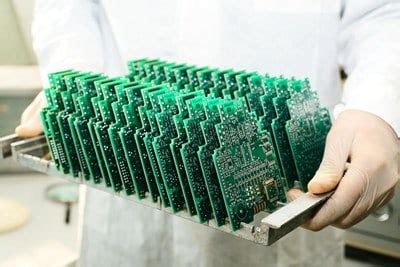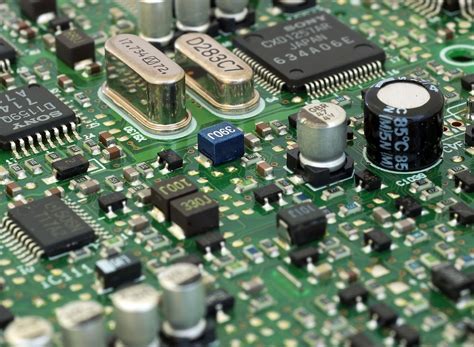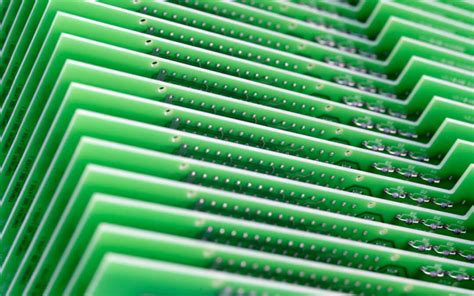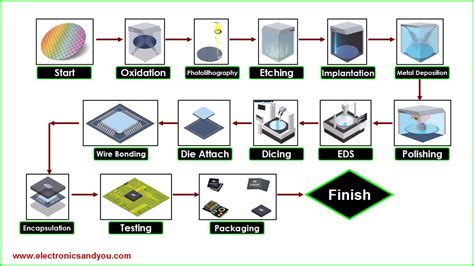PCB Metal Parts Fabrication: Processes, Materials, and Applications
Introduction to PCB Metal Parts Fabrication
Printed Circuit Board (PCB) metal parts fabrication is a critical aspect of electronics manufacturing that involves the creation of metallic components used in conjunction with PCBs. These metal parts serve various functions, including structural support, heat dissipation, electrical connectivity, and electromagnetic shielding. The fabrication of PCB metal parts requires precision engineering and an understanding of both electrical and mechanical properties of materials.
As electronic devices continue to shrink in size while increasing in functionality, the demand for high-quality, reliable PCB metal parts has grown significantly. This article explores the various processes, materials, and applications involved in PCB metal parts fabrication, providing a comprehensive overview of this essential manufacturing discipline.
Common Metal Parts in PCB Assembly
PCB assemblies incorporate numerous metal components that serve distinct purposes:
- Heat Sinks: Designed to dissipate heat from high-power components like CPUs, GPUs, and power transistors. These are typically made from aluminum or copper due to their excellent thermal conductivity.
- Shielding Cans: Metal enclosures that protect sensitive components from electromagnetic interference (EMI). These are often fabricated from tin-plated steel or aluminum.
- Mounting Brackets: Provide structural support and secure the PCB within the device enclosure. These are commonly made from stainless steel or aluminum alloys.
- Connectors and Contacts: Include pins, sockets, and other interconnect components that facilitate electrical connections between PCBs or between PCBs and external devices.
- Bus Bars: Thick metal strips that distribute power across the PCB with minimal resistance, typically made from copper or brass.
- Stiffeners: Metal reinforcements added to flexible PCBs to provide structural support in specific areas.
Each of these components requires specialized fabrication techniques to meet the precise dimensional, electrical, and mechanical requirements of modern electronic devices.
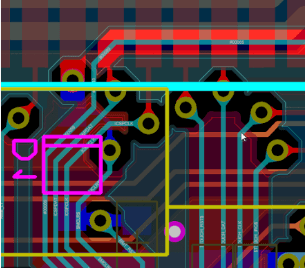
Materials Used in PCB Metal Parts
The selection of materials for PCB metal parts depends on the specific application requirements, including electrical conductivity, thermal properties, mechanical strength, and corrosion resistance:
1. Aluminum and Aluminum Alloys
- Excellent thermal conductivity (≈200 W/m·K)
- Lightweight (density ≈2.7 g/cm³)
- Good corrosion resistance
- Easily machinable and relatively low cost
- Commonly used for heat sinks and shielding applications
2. Copper and Copper Alloys
- Outstanding electrical and thermal conductivity (≈400 W/m·K)
- Excellent solderability
- Higher cost than aluminum
- Prone to oxidation without proper plating
- Used for high-performance heat sinks, bus bars, and electrical contacts
3. Stainless Steel
- High mechanical strength
- Excellent corrosion resistance
- Lower thermal and electrical conductivity
- Used for mounting brackets, shielding, and structural components
4. Brass
- Good compromise between conductivity and mechanical properties
- Excellent machinability
- Used for connectors, contacts, and decorative elements
5. Beryllium Copper
- Exceptional spring properties
- Good conductivity
- Used for high-performance electrical contacts and connectors
6. Nickel Alloys
- High temperature resistance
- Good corrosion resistance
- Used in specialized applications like high-temperature shielding
Material selection often involves trade-offs between cost, performance, and manufacturability. Surface treatments such as plating (tin, nickel, gold, silver) are frequently applied to enhance specific properties like solderability, corrosion resistance, or electrical contact performance.
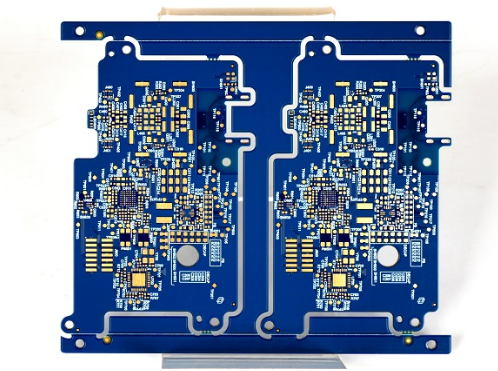
Fabrication Processes for PCB Metal Parts
The manufacturing of PCB metal parts involves various processes, each suited to specific geometries, materials, and production volumes:
1. CNC Machining
- High precision subtractive manufacturing process
- Suitable for complex 3D geometries
- Excellent surface finish and tight tolerances (±0.01mm achievable)
- Ideal for prototypes and low-to-medium volume production
- Common for heat sinks, brackets, and precision connectors
2. Stamping and Fine Blanking
- High-speed production of 2D metal parts
- Excellent for high-volume production (thousands to millions of parts)
- Minimal material waste
- Used for shielding cans, contacts, and simple brackets
- Tolerances typically ±0.05mm
3. Metal Injection Molding (MIM)
- Combines powder metallurgy with plastic injection molding
- Suitable for small, complex metal parts
- Good material properties, though slightly porous
- Used for specialized connectors and small mechanical components
4. Die Casting
- High-pressure injection of molten metal into molds
- Excellent for high-volume production of complex shapes
- Typically used with zinc, aluminum, and magnesium alloys
- Used for connector housings and some heat sink applications
5. Photochemical Machining (PCM)
- Also known as chemical etching
- Creates precise 2D metal parts without mechanical stress
- Excellent for thin, complex geometries (down to 0.025mm thickness)
- Used for EMI shields, lead frames, and precision meshes
6. Additive Manufacturing (3D Printing)
- Growing in importance for complex, low-volume metal parts
- Allows for geometries impossible with traditional methods
- Currently higher cost and slower than conventional methods
- Used for prototypes and specialized heat transfer applications
7. Sheet Metal Fabrication
- Includes bending, punching, and forming of sheet materials
- Cost-effective for medium-complexity parts
- Used for brackets, shields, and enclosures
Each fabrication method has its advantages and limitations in terms of precision, cost, production volume, and design flexibility. Often, multiple processes are combined to create a finished part—for example, a heat sink might be die cast for the base and then CNC machined for the fin structure.
Surface Treatments and Finishes
Surface treatments play a crucial role in PCB metal parts fabrication, enhancing performance and longevity:
- Plating
- Gold Plating: Excellent conductivity and corrosion resistance (used for high-reliability contacts)
- Nickel Plating: Provides corrosion resistance and serves as a base for other platings
- Tin Plating: Good solderability and cost-effective corrosion protection
- Silver Plating: Highest electrical conductivity, but prone to tarnishing
- Anodizing (for Aluminum)
- Creates a hard, corrosion-resistant surface
- Can be dyed for color coding or aesthetic purposes
- Improves thermal emissivity for heat sink applications
- Passivation (for Stainless Steel)
- Enhances corrosion resistance
- Removes free iron particles from the surface
- Conversion Coatings
- Such as chromate or phosphate coatings
- Improve paint adhesion and provide basic corrosion resistance
- Powder Coating
- Thick, durable protective layer
- Available in various colors
- Used for aesthetic parts and additional insulation
The choice of surface treatment depends on the application requirements, environmental conditions, and cost considerations. For instance, gold plating might be used for high-reliability connectors in aerospace applications, while tin plating would be sufficient for consumer electronics.
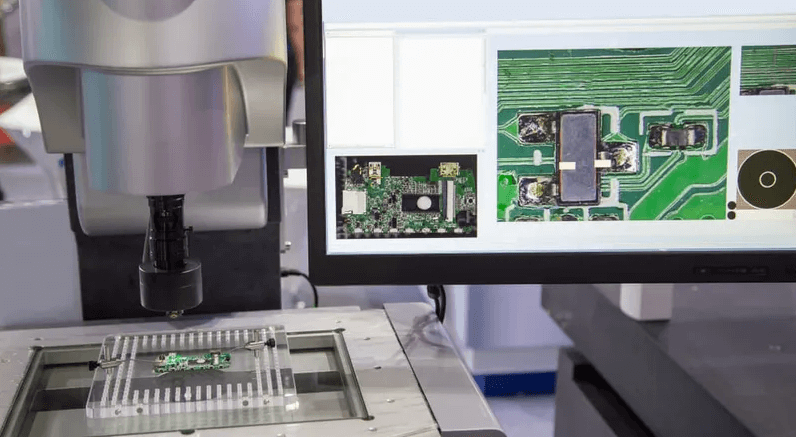
Quality Control and Testing
Ensuring the quality of PCB metal parts is critical for reliable electronic assemblies. Key quality control measures include:
- Dimensional Inspection
- Coordinate Measuring Machines (CMM) for complex geometries
- Optical comparators for 2D profiles
- Laser scanners for high-speed measurements
- Material Verification
- X-ray fluorescence (XRF) for alloy composition
- Hardness testing for mechanical properties
- Surface Quality Inspection
- Microscopy for plating thickness and uniformity
- Adhesion tests for platings and coatings
- Functional Testing
- Thermal performance testing for heat sinks
- Contact resistance measurements for connectors
- EMI shielding effectiveness tests
- Environmental Testing
- Salt spray testing for corrosion resistance
- Thermal cycling to evaluate performance under temperature variations
Modern quality control often incorporates statistical process control (SPC) methods to monitor production processes and detect potential issues before they result in defective parts. Automated optical inspection (AOI) systems are increasingly used for high-volume production.
Applications of PCB Metal Parts
PCB metal parts find applications across virtually all electronic sectors:
- Consumer Electronics
- Smartphones (shielding cans, antenna components)
- Laptops (heat sinks, structural brackets)
- Home appliances (connectors, control interfaces)
- Automotive Electronics
- Engine control units (heat management components)
- Infotainment systems (shielding, connectors)
- ADAS sensors (precision mounting hardware)
- Aerospace and Defense
- Avionics (high-reliability connectors)
- Radar systems (precision waveguides)
- Satellite systems (lightweight, high-performance thermal solutions)
- Medical Devices
- Imaging equipment (precision shielding)
- Portable devices (durable connectors)
- Implantable electronics (biocompatible enclosures)
- Industrial Electronics
- Power electronics (bus bars, high-current contacts)
- Automation systems (robust connectors)
- IoT devices (antenna components, enclosures)
- Telecommunications
- Base station equipment (high-power heat sinks)
- Network hardware (shielded enclosures)
- Fiber optic systems (precision alignment hardware)
Each application sector has its own set of requirements and standards that influence the design and fabrication of PCB metal parts.
Emerging Trends in PCB Metal Parts Fabrication
The field of PCB metal parts fabrication continues to evolve with technological advancements:
- Miniaturization
- Increasing demand for smaller, more precise components
- Development of micro-machining and micro-stamping techniques
- Thinner materials with maintained structural integrity
- Advanced Materials
- Metal matrix composites for enhanced thermal performance
- High-conductivity alloys for improved electrical performance
- Lightweight alloys for portable applications
- Additive Manufacturing Growth
- Increased adoption of metal 3D printing for complex geometries
- Development of new alloys suitable for additive processes
- Hybrid manufacturing combining additive and subtractive methods
- Sustainable Manufacturing
- Recycling and reuse of metal scraps
- Development of more environmentally friendly plating processes
- Energy-efficient manufacturing techniques
- Industry 4.0 Integration
- Smart factories with connected manufacturing equipment
- AI-driven process optimization
- Predictive maintenance for fabrication equipment
- High-Frequency Materials
- Specialized alloys for 5G and millimeter-wave applications
- Improved shielding materials for high-speed electronics
These trends are driving innovation in fabrication techniques, material science, and quality control methods to meet the ever-increasing demands of the electronics industry.
Conclusion
PCB metal parts fabrication is a sophisticated field that blends materials science, precision engineering, and manufacturing technology to create components essential for modern electronics. From the aluminum heat sinks that keep our processors cool to the gold-plated connectors that ensure reliable signal transmission, these metal parts play vital roles in electronic device functionality and reliability.
The selection of appropriate materials, fabrication processes, and surface treatments requires careful consideration of electrical, thermal, mechanical, and economic factors. As electronic devices continue to advance, the field of PCB metal parts fabrication must similarly evolve, adopting new materials, more precise manufacturing techniques, and smarter quality control methods.
Understanding the complexities of PCB metal parts fabrication is essential for designers, engineers, and procurement specialists working in electronics manufacturing. By appreciating the capabilities and limitations of various fabrication methods, professionals can make informed decisions that balance performance, reliability, and cost in their electronic products.
The future of PCB metal parts fabrication lies in continued miniaturization, material innovation, and the integration of smart manufacturing technologies—all aimed at meeting the challenges posed by next-generation electronic devices in an increasingly connected world.


